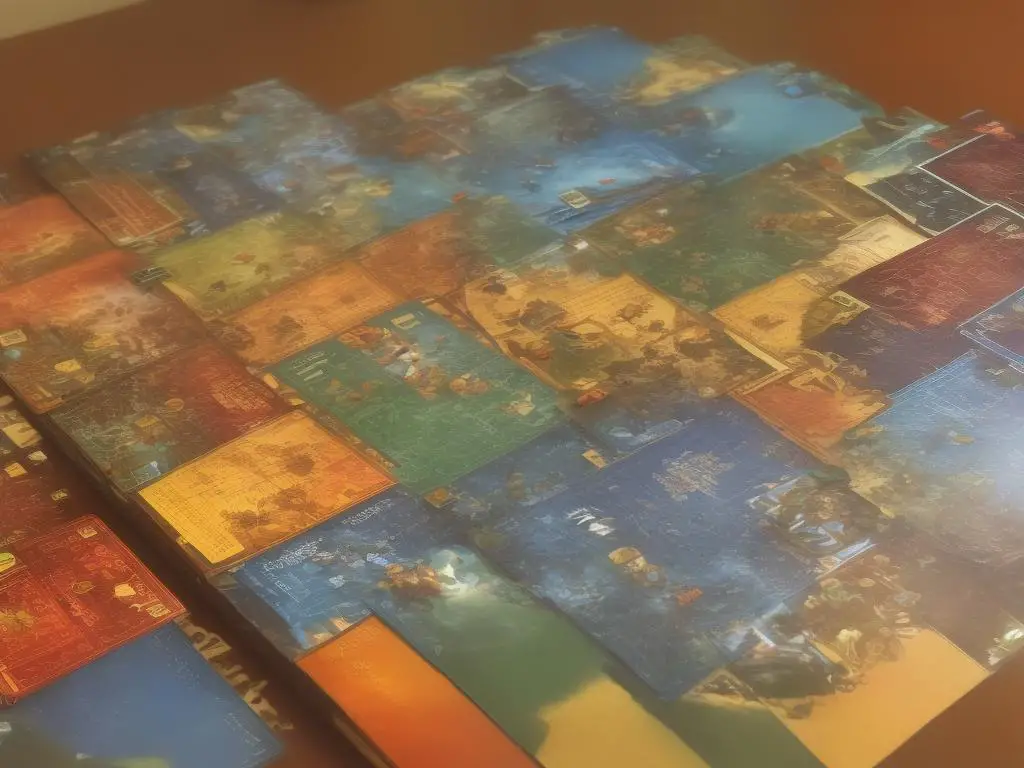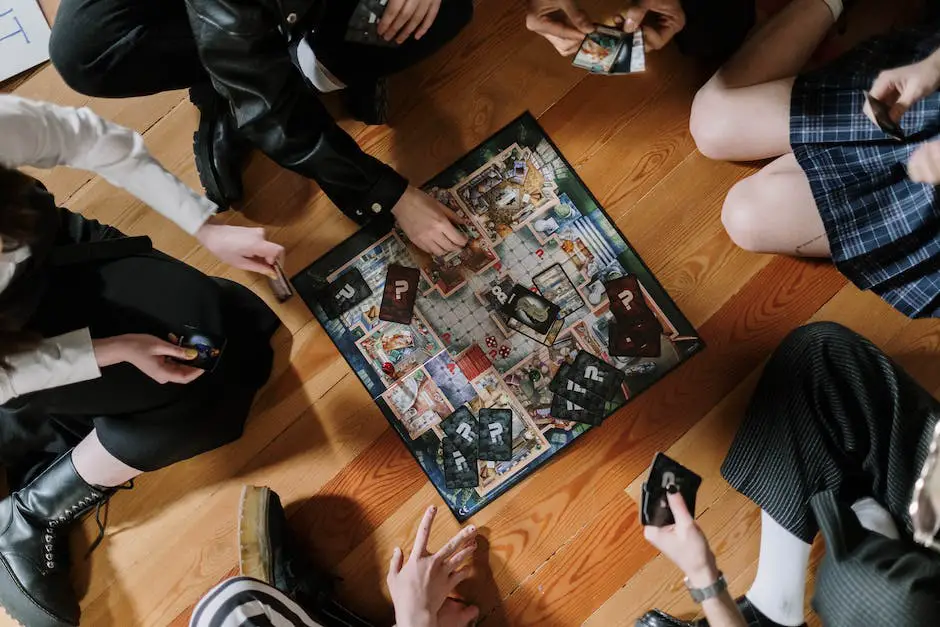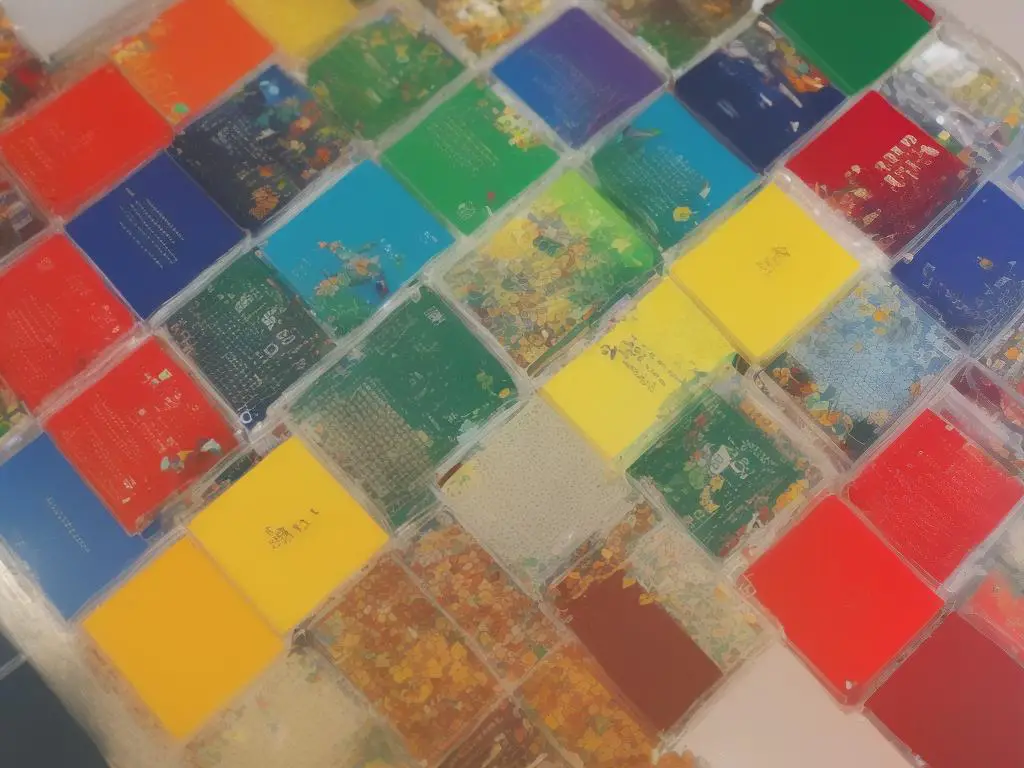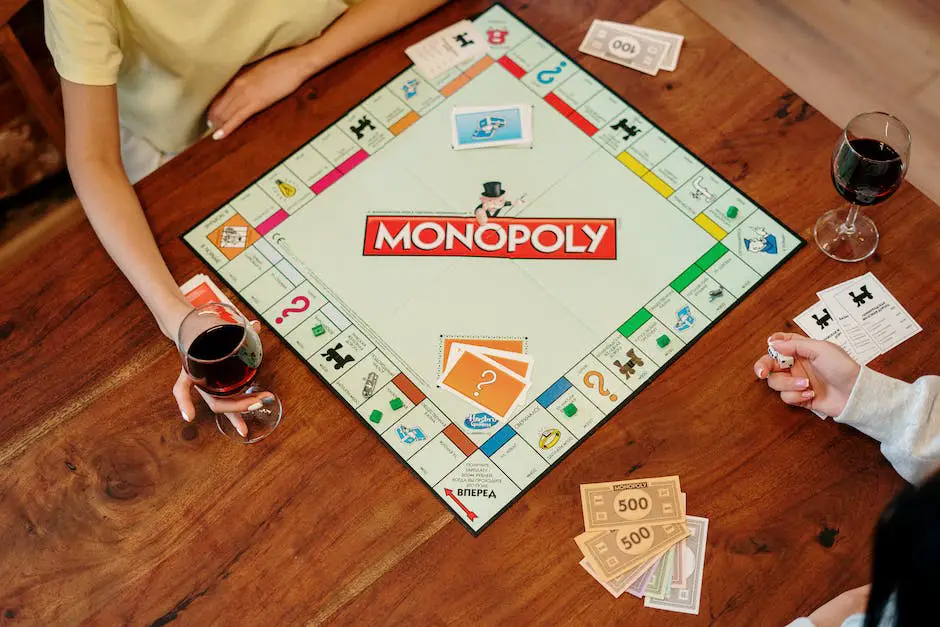Embark on a journey through the captivating world of vintage board games, where history, entertainment, and nostalgia intertwine. Discover the evolution of classic games and their impact on society, as well as the art of collecting, restoring, and playing these cherished relics from our past.
History of Vintage Board Games
Board Games Through the Ages
Board games have been an essential aspect of human society for thousands of years, with some of the earliest known instances dating back to around 3500 BCE in Egypt and Mesopotamia. These early examples often had shared themes and components that focused on the concept of life, religion, or even just the simple pleasure of luck and strategic thinking. Throughout the ages, board games have continuously evolved, with many of them reflecting the social values and ideologies of their time.
Chaturanga and Chess
One of the most notable board games in history is Chaturanga, which is believed to have been created in India around the 6th century CE. This game laid the foundation for chess, a strategic board game that has spread across the globe and has had prominent roles in various cultures and eras. The significance of chess in history even goes beyond mere gameplay, as it has been portrayed as a symbol of aristocracy and intelligence in various forms of literature and art.
The Emergence and Impact of Monopoly
Another example of a significant vintage board game is Monopoly, which first emerged in the early 20th century and represented the societal and economic structures at the time. Taking its inspiration from the real estate boom of the 1920s and the subsequent Great Depression, Monopoly soon gained immense popularity and has since become a staple of American households.
The Diversification of Board Games
Throughout the mid-20th century, vintage board games expanded and diversified significantly, incorporating themes inspired by current events and popular trends. For example, the Cold War era saw the emergence of board games reflecting geopolitical themes and the blending of different cultures, as demonstrated in games like Risk. Additionally, the rise of mass media and popular culture played a prominent role in shaping the board game industry, leading to the creation of games based on television shows, movies, and even celebrities.
Board games have evolved from just simple sources of entertainment to versatile tools that facilitate education, social interaction, and critical thinking. The intriguing history of vintage board games reveals not only the ever-changing nature of the industry but also provides a fascinating insight into the various time periods and cultures they represent.

Classic Board Games and Their Impact
Monopoly
Monopoly, created in 1935, stands as one of the most iconic and widely played board games across the globe. Initially designed as an educational tool to highlight the negative consequences of land ownership concentration in private monopolies, Monopoly quickly became a cherished family game. This property trading game has players engage in buying, selling, and developing properties with the primary aim of driving their opponents to bankruptcy. Over the years, numerous adaptations and versions of Monopoly have been introduced to cater to the interests of its dedicated fanbase and further solidify the connection between popular culture and vintage board games.
Scrabble
Scrabble, a word-based game created in 1948, encourages players to develop their vocabulary and language skills while participating in a highly competitive environment. As a staple in most households, this game presents a unique blend of educational and entertainment value. The game’s objective is to arrange letter tiles on the playing board to form valid words, earning points based on the complexity and length of the words. This classic board game has inspired numerous spin-offs, digital versions, and even international Scrabble competitions.
Risk
Risk, a strategy-driven board game first introduced in 1957, revolutionized gameplay by incorporating a military focus alongside global domination as its central theme. Players compete to control territories on the world map, engaging in battles and forging alliances. Risk is an ideal game for those drawn to tactical planning, diplomacy, and competition, and has been credited with inspiring future generations of strategy-based games. As a testament to its enduring popularity, Risk has evolved through several iterations, including thematic versions focused on popular culture franchises and updated gameplay mechanics.

Collecting Vintage Board Games
Collecting Vintage Board Games
Collecting vintage board games, like Risk, is not only an enjoyable hobby but also an opportunity to preserve and celebrate the history of gaming. Many of these games, such as Monopoly or Clue, have been around for more than a century and boast a plethora of different editions and variations. Collectors often specialize in certain themes, genres, or time periods, giving them the chance to become experts in their chosen field.
From 1950s Americana to the fantasy worlds of Dungeons & Dragons, vintage board games offer a fascinating window into the past, reflecting the cultural, social, and artistic trends of their time.
Potential Investment
Aside from their historical and cultural value, vintage board games can also serve as a potential investment. Rare and unique editions, along with games kept in pristine condition or sealed in their original packaging, can fetch significant sums at auction or through private sales.
Board game enthusiasts often compete to acquire these sought-after items, creating a thriving market of enthusiasts and collectors eager to find the next hidden gem. Research and networking are key factors for success in this field, as knowledge and connections often unlock doors to rarer and more valuable finds.
Thrill of the Hunt
The thrill of the hunt often serves as a significant part of the appeal for vintage board game collectors. Visiting yard sales, flea markets, thrift stores, and online marketplaces can all yield exciting discoveries and unexpected additions to one’s collection. Building relationships with fellow collectors and joining online forums or social media groups dedicated to the hobby can help enthusiasts share their passion, gain insight and knowledge, and create a sense of belonging in their pursuit of rare and fascinating relics from the history of board gaming.

Restoring and Preserving Vintage Board Games
In addition to finding hidden gems, one of the critical aspects of restoring and preserving vintage board games is understanding the different materials that make up the game components. Vintage board games typically consist of various materials like paper, cardboard, wood, and plastic, as well as metal for coins, tokens, and other pieces. Different materials require different care and cleaning techniques.
For instance, wooden game pieces can be gently cleaned with a toothbrush and a mild soap solution, while paper and cardboard pieces can be carefully wiped with a soft, slightly damp cloth to avoid smearing or damaging any printed designs. Also, you may need to repair torn or separated game boards or cards using acid-free archival tape, which can maintain the longevity of paper-based materials.
Special attention should be given to preserving the original packaging, such as game boxes and instruction booklets, since those items often provide significant historical context and help determine the game’s value. If a vintage game box is damaged or falling apart, it may be necessary to deconstruct the box, safely clean and repair individual panels, and reassemble it using acid-free adhesives to ensure the packaging is as close to its original state as possible.
When handling printed materials, it’s essential to wear clean cotton gloves to avoid transferring any dirt or oils from your hands, which may cause stains or other damage.
Proper storage and preservation of vintage board games is essential to prevent further deterioration and extend their lifespan. Ideally, board games should be stored in a low-light, low-humidity environment, either in their original boxes or other protective containers. Placing desiccant packets inside the game boxes can help control humidity levels and prevent mold growth, while using acid-free tissue paper to separate the game components can prevent color transfer and chipping. Additionally, avoid stacking vintage games too high, as the weight of the games above can cause boxes or components below to warp or become crushed.
By understanding and carefully implementing these preservation techniques, you can ensure that these cherished games maintain their beauty and charm for years to come.

Playing Vintage Board Games Today
Monopoly
One vintage board game that has stood the test of time and remains popular among modern gamers is Monopoly. Originally published in 1935, this classic game continues to be a favorite for game nights and family gatherings. Monopoly challenges players to buy, sell, and trade properties while attempting to bankrupt their opponents and own the most valuable real estate. The numerous iterations and themed editions, ranging from Star Wars to Friends, have sustained the game’s popularity and attracted new fans. Monopoly not only offers an enjoyable way to pass the time, but also imparts valuable lessons in negotiation, financial management, and strategic thinking.
Scrabble
Another vintage board game that continues to appeal to contemporary audiences is Scrabble. This word game, first introduced in 1948, challenges players to form words with lettered tiles on a grid-style game board. With a combination of skill, strategy, and luck, players compete to earn the highest score by creating words using their given letters and capitalizing on bonus spaces. Scrabble is accessible to people of all ages and skill levels, making it an ideal game for families or groups of friends. Additionally, it enhances one’s vocabulary knowledge, strengthens cognitive skills, and fosters creativity as players explore new word combinations.
Risk
Risk, a strategy-based board game, first appeared on the scene in 1959 and has remained a beloved classic among board game enthusiasts. In Risk, players conquer territories and amass armies, with the ultimate goal of world domination. Requiring calculated moves, alliances, and occasional betrayals, Risk can be an intense and thrilling gaming experience. The game develops critical thinking, planning, and decision-making skills, and can be particularly enjoyable for those who enjoy military history or geopolitical intrigue.
Whether you’re a fan of these iconic games or just discovering the world of vintage board games, rediscovering these classics offers not only endless hours of entertainment but tangible personal benefits as well.

Whether you’re an avid collector or simply seeking a nostalgic trip down memory lane, vintage board games offer a fascinating window into the past and a unique, timeless form of entertainment. By understanding their history and impact, properly preserving them, and reintroducing these classic games to a modern audience, we can keep the legacy and joy of vintage board games alive for generations to come.